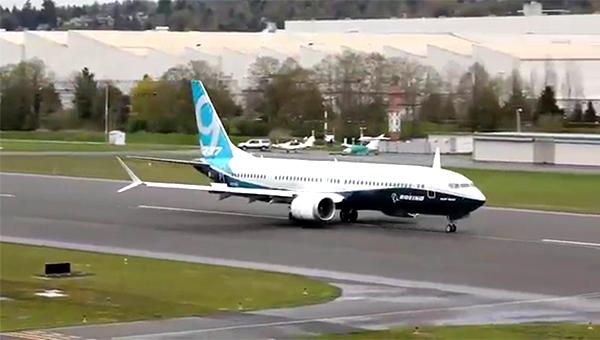
Boeing 737 MAX 9 taxi test the day before the maiden flight.
This week’s Flight Friday looks at the aviation industry’s latest hot topic—the Boeing 737 MAX 9, also known as the 737-9.
The 737-9, along with its forerunners the 737-900 and 737-900ER are an important aircraft for the industry, especially if you are a U.S. legacy carrier. Of a combined in-service fleet of almost 750 aircraft, almost three-quarters of these aircraft are operated by either Delta Air Lines, Alaska Airlines, or United Airlines.
During 2023, these types flew over 860,000 flights, averaging 2,350 flights per day. The 737-900ER makes up the bulk of this flying, with a little over two-thirds of the flights, but the 737-9 operated almost a quarter of all these flights, which is why it is so important for Alaska and United (and Boeing) to get these aircraft back into the air, quickly and safely.
The 737-9 accounted for around 22% of Alaska’s flights in 2023, while the 737-900ER accounted for almost 36% of all flights, so it’s Alaska that has been impacted more with the 737-9 “door-plug” issue. For United, on the other hand, the 737-9 counted for 8% of all flights in 2023, or 10% of United’s narrowbody flights. The 737-900/900ER for United accounted for almost 19% of all the airline’s 2023 flights.
While the orderbook for the 737-9 is not huge—at a little under 150 aircraft, which equates to approximately 3% of the current MAX backlog—half of them are destined for U.S. operators, with United having over 40 on order and Alaska having 20 on order.
This data was put together using Aviation Week’s Tracked Aircraft Utilization tool.





